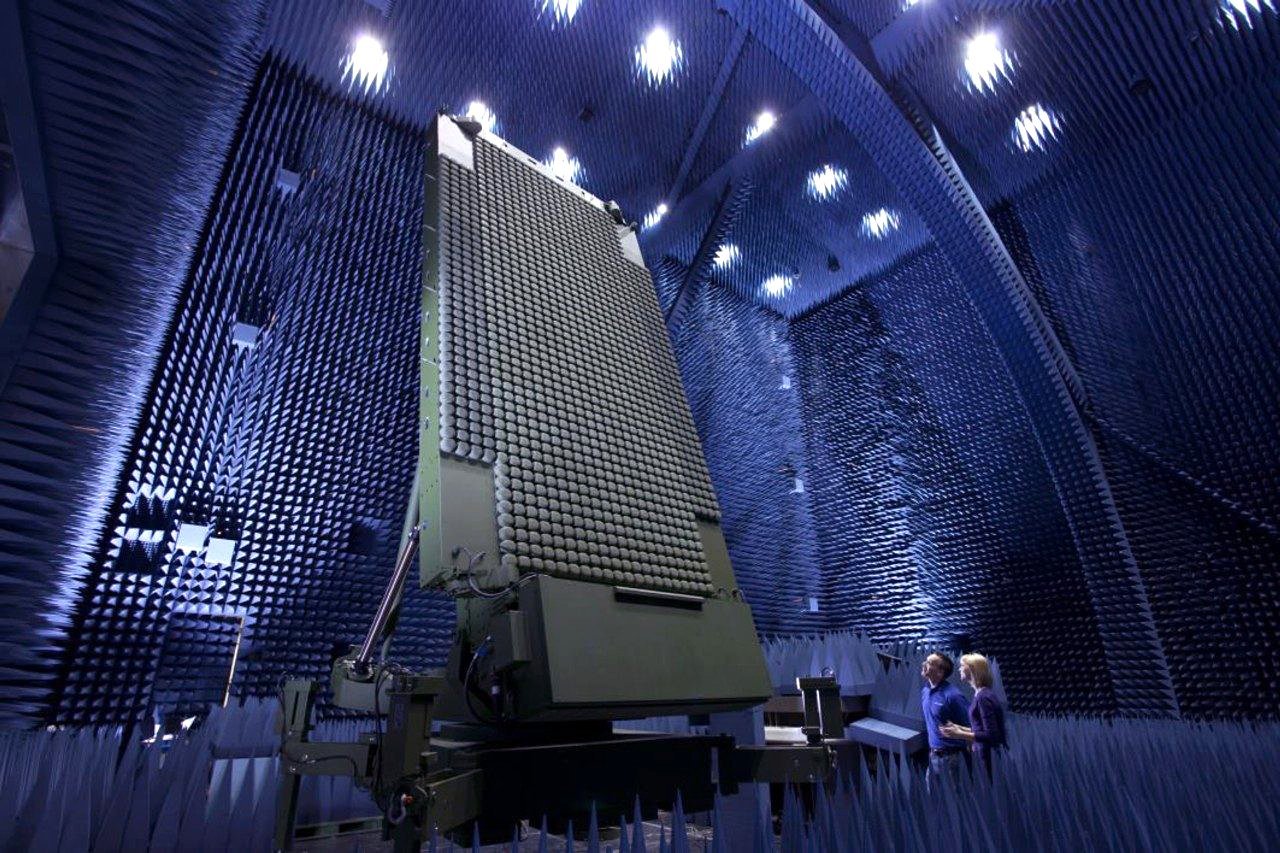
Lockheed Martin delivers first TPY-4 radar to US Air Force
Lockheed Martin has delivered the first AN/TPY-4 radar system to the U.S. Air Force under the Three-Dimensional Expeditionary Long-Range Radar (3DELRR) program.
In a statement, Lockheed Martin said the delivery follows the successful completion of early phase testing.
“The successful completion of early phase testing and delivery of the first TPY-4 radar system underscores our dedication to providing the U.S. Air Force with cutting-edge, high-performance systems that meet their evolving requirements and expectations,” said Rick Cordaro, vice president of Lockheed Martin’s Radar and Sensor Systems.
The TPY-4 is intended to replace the aging AN/TPS-75, a long-serving radar platform currently used by the Air Force for tracking airborne threats. While the legacy system continues to operate in some capacities, it lacks the capability to handle more advanced threats emerging on the modern battlefield.
According to the company, the TPY-4 is a fully digital radar system built with a software-defined sensor architecture. Each transmit/receive module is integrated with advanced processing and supports adaptation to evolving mission requirements, including the detection of next-generation, hard-to-track targets.
The radar can operate effectively even under electronic jamming and is designed to provide early warning for long-range missile threats. It also brings operational flexibility, with both fixed-site and mobile variants transportable by C-130, C-17, truck, rail, or helicopter.
Lockheed Martin emphasized that the new radar uses gallium nitride (GaN) components rather than older gallium arsenide (GaAs) technology, which enhances reliability, reduces operating costs, and increases operational flexibility.
The delivery coincides with a broader U.S. Air Force acquisition push under the 3DELRR program, which calls for a total of 35 radar systems to be fielded over time. These new radars are expected to significantly enhance U.S. and allied capabilities in air and missile defense, particularly in contested or expeditionary environments.

